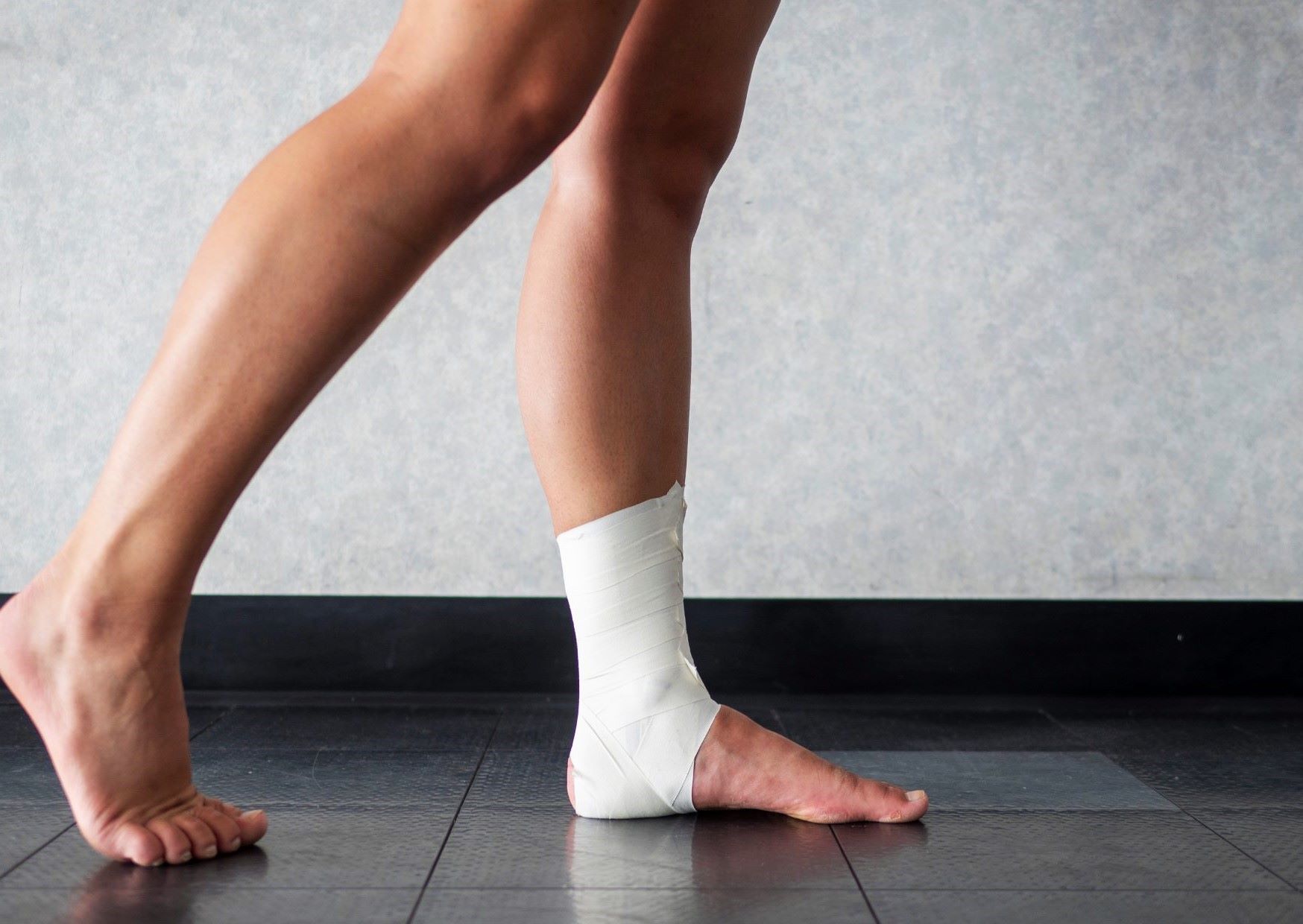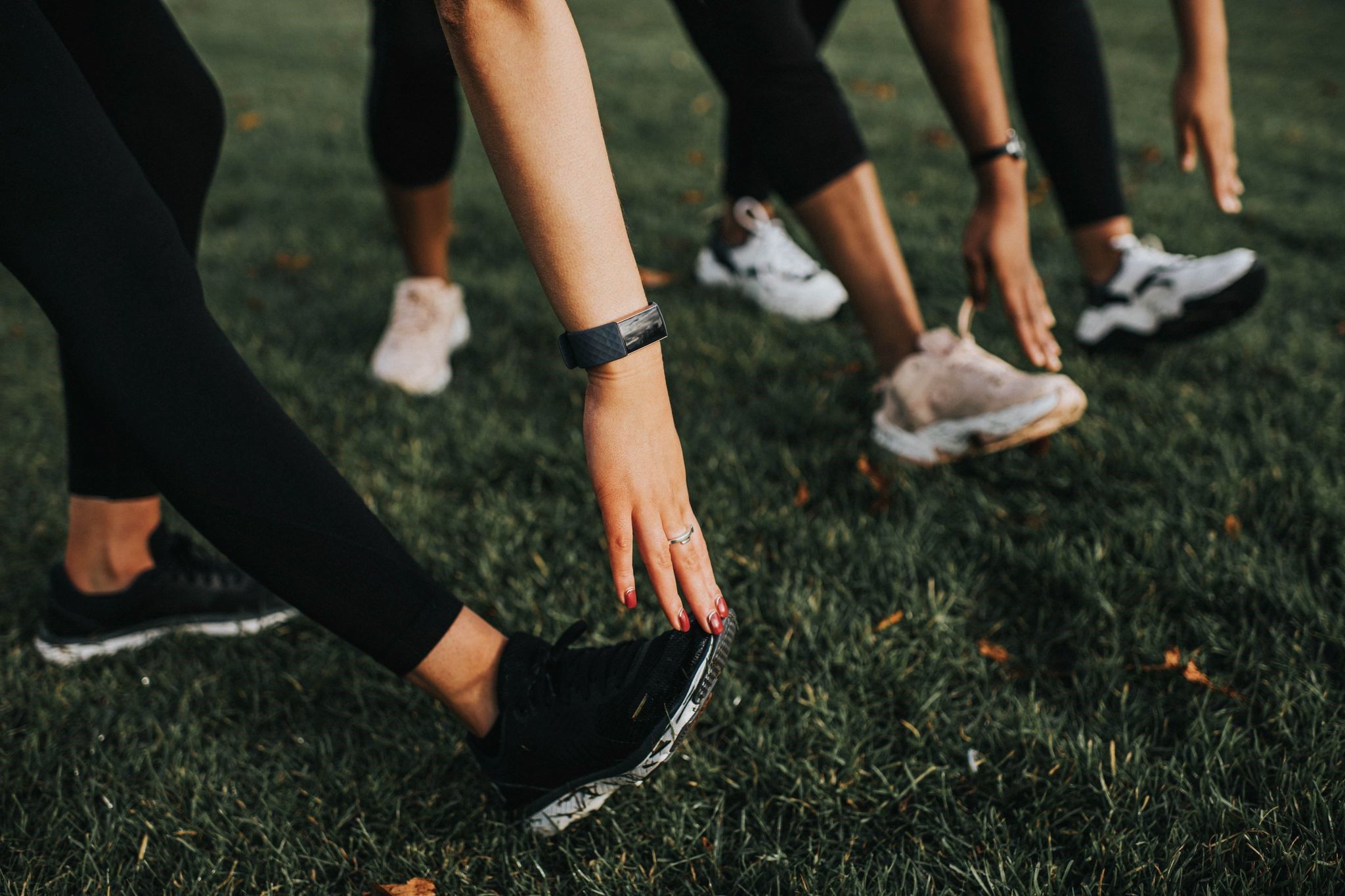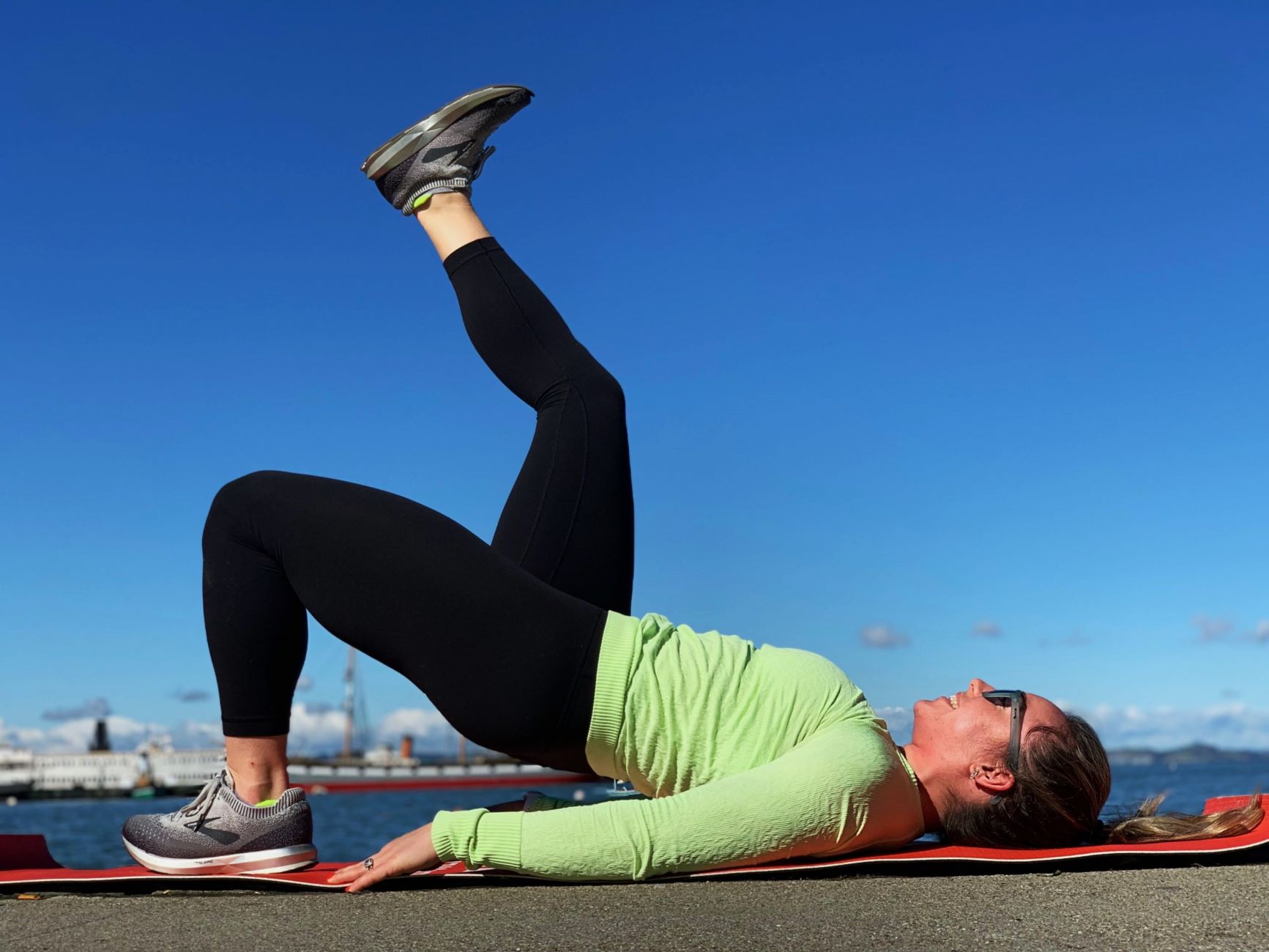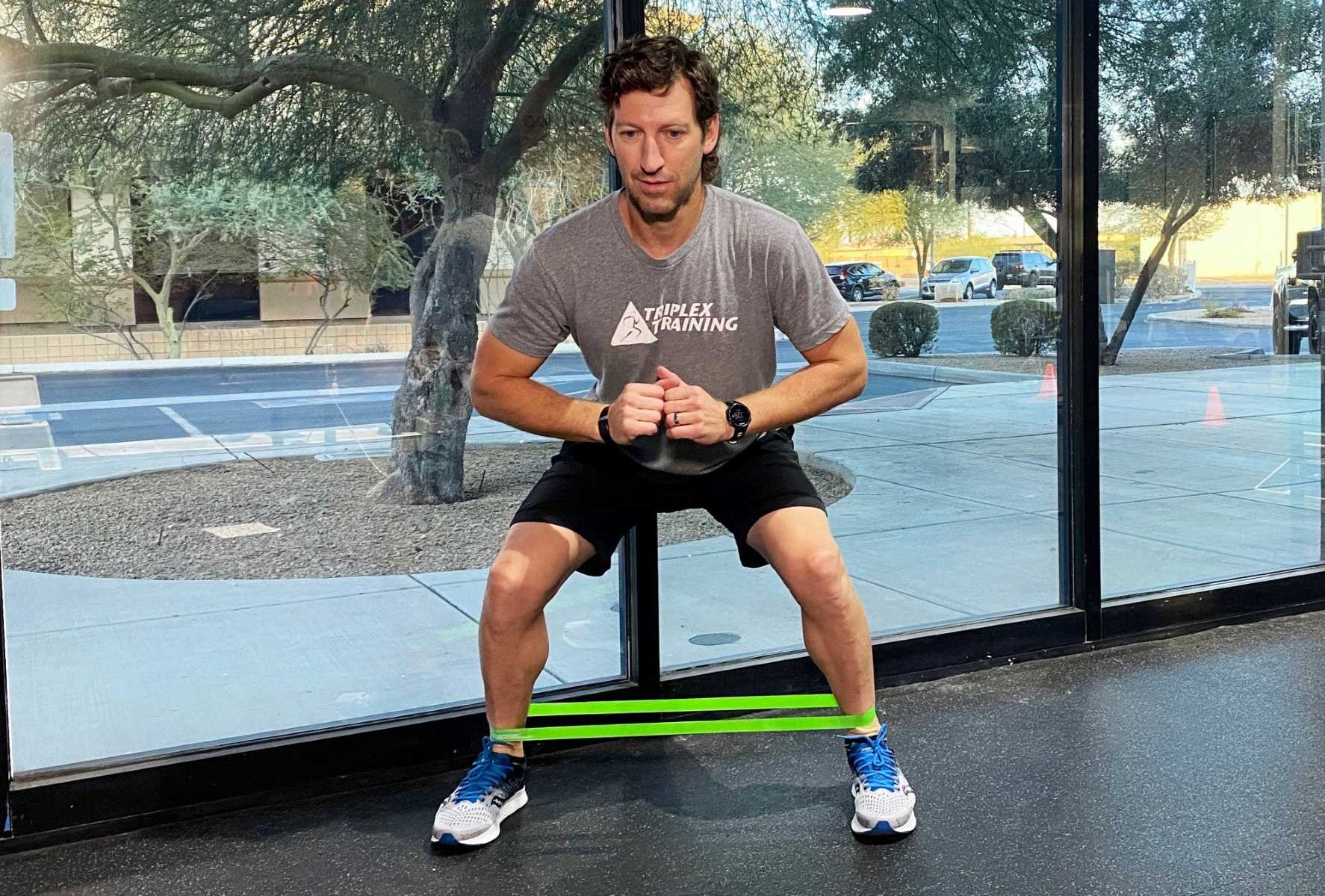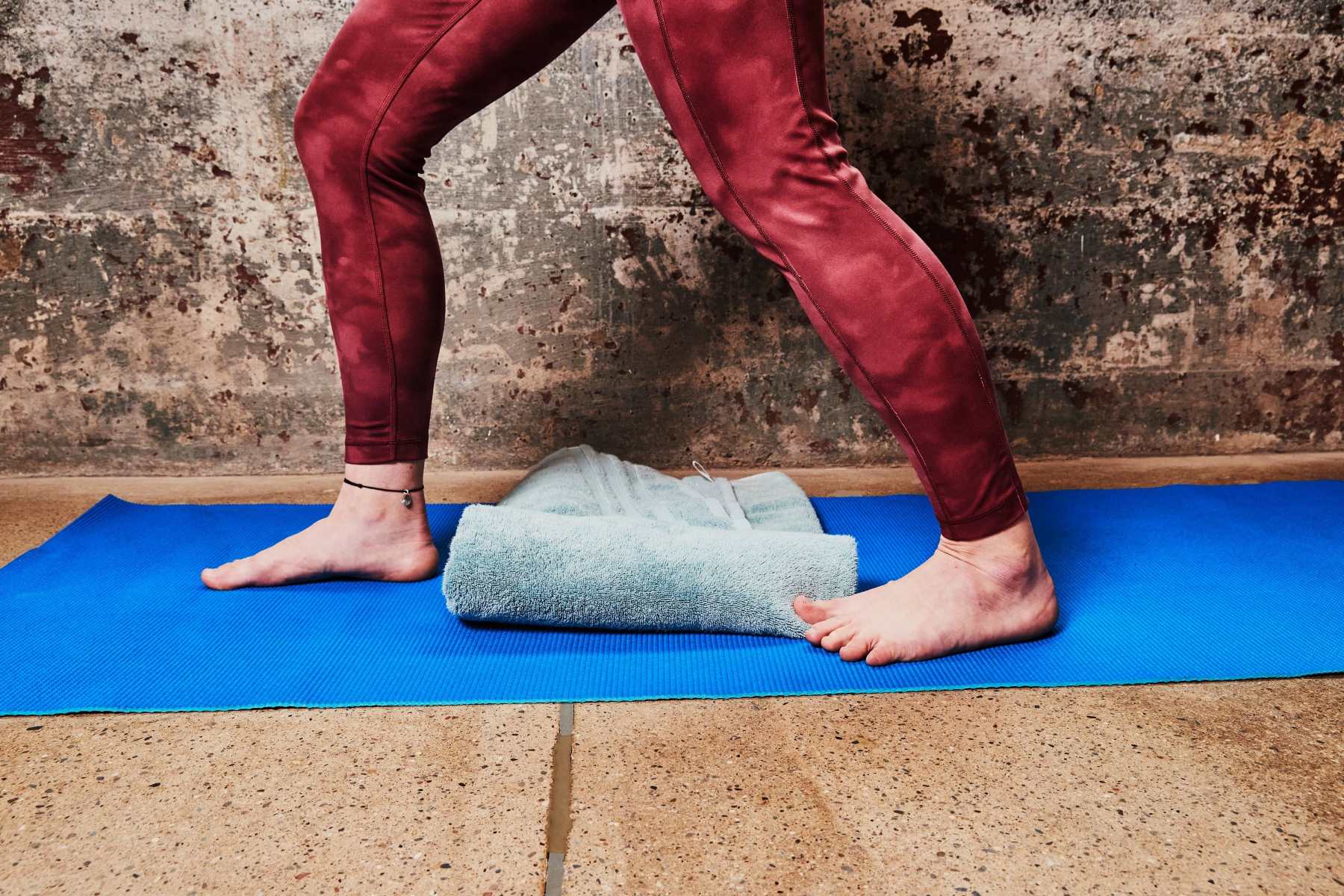Home>Training & Techniques>Running With Added Resistance: Ankle Weights For An Enhanced Workout
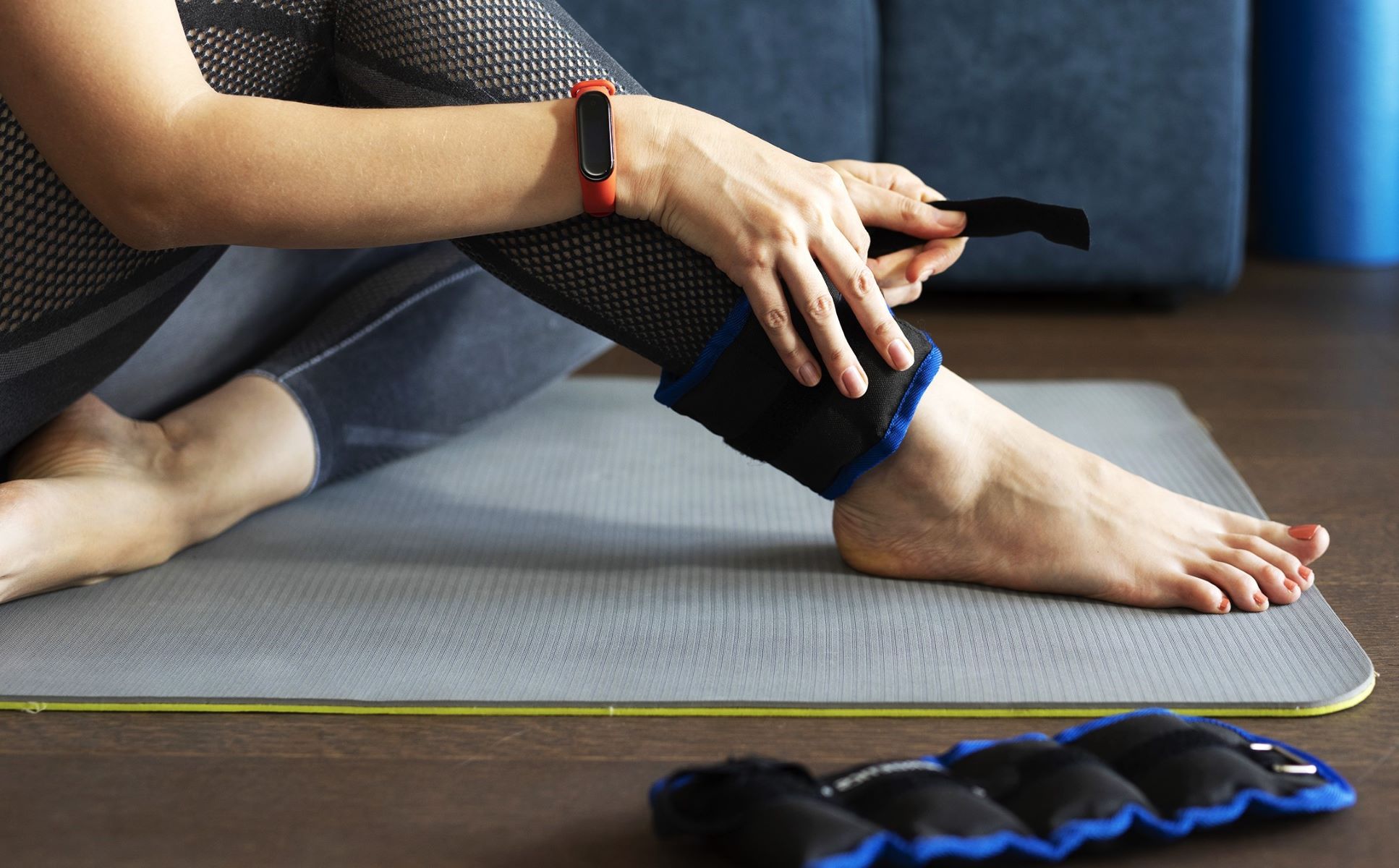

Training & Techniques
Running With Added Resistance: Ankle Weights For An Enhanced Workout
Published: February 27, 2024
Enhance your workout with ankle weights for added resistance. Discover effective training techniques for a more challenging and rewarding fitness routine.
(Many of the links in this article redirect to a specific reviewed product. Your purchase of these products through affiliate links helps to generate commission for Therunningadvisor.com, at no extra cost. Learn more)
Table of Contents
Benefits of Using Ankle Weights
-
Increased Resistance: Ankle weights add resistance to your lower body, effectively intensifying your workout. This added challenge can help strengthen and tone your leg muscles, including the quadriceps, hamstrings, and calves, leading to improved overall lower body strength.
-
Enhanced Cardiovascular Workout: By incorporating ankle weights into your running routine, you can elevate your heart rate and increase the intensity of your cardiovascular workout. This can lead to improved endurance and enhanced calorie burn, making your runs more effective in achieving fitness goals.
-
Improved Core Activation: Ankle weights can also contribute to engaging your core muscles as you run. The additional weight prompts your body to stabilize and maintain balance, leading to increased activation of the core muscles, which are essential for maintaining proper running form and stability.
-
Boosted Speed and Agility: Training with ankle weights can help improve your speed and agility. When you run without the weights after training with them, you may experience a sense of lightness and increased speed, as your muscles have adapted to moving with the added resistance.
-
Versatile Training Tool: Ankle weights are not limited to running; they can be used for a variety of exercises, such as leg lifts, side leg raises, and other lower body workouts. This versatility allows you to target different muscle groups, making ankle weights a valuable addition to your overall fitness routine.
-
Potential for Rehabilitation: In some cases, ankle weights can be used as part of a rehabilitation program under the guidance of a healthcare professional. They can aid in strengthening muscles and improving joint stability, contributing to the recovery process for certain injuries.
Incorporating ankle weights into your running routine can provide a range of benefits, from increased muscle strength and endurance to enhanced cardiovascular workouts. However, it's important to use them judiciously and with proper technique to avoid potential risks and ensure a safe and effective workout experience.
Safety Considerations When Running with Ankle Weights
When incorporating ankle weights into your running routine, it's crucial to prioritize safety to prevent potential injuries and ensure a productive workout experience. While ankle weights offer various benefits, it's essential to be mindful of the following safety considerations:
Proper Weight Selection:
Selecting the appropriate weight for your ankle weights is paramount. It's recommended to start with lighter weights, typically 1-3 pounds per ankle, especially if you are new to using them. Gradually increase the weight as your muscles adapt to the added resistance. Using excessively heavy weights can strain your muscles and joints, leading to discomfort and potential injury.
Maintaining Proper Form:
Running with ankle weights can alter your natural running form, potentially placing additional stress on your joints and muscles. It's crucial to focus on maintaining proper posture and stride length to minimize the risk of strain or overuse injuries. Paying attention to your form can help distribute the added weight more evenly and reduce the likelihood of imbalances.
Avoiding High-Impact Activities:
While ankle weights can enhance lower body strength and endurance, it's important to avoid high-impact activities such as jumping or sprinting when wearing them. These activities can place excessive stress on the joints and may increase the risk of injury. Instead, focus on steady-state running or low-impact exercises to maximize the benefits of ankle weights while minimizing the risk of strain.
Monitoring Discomfort and Fatigue:
Listen to your body when using ankle weights during running. If you experience discomfort, pain, or excessive fatigue in your muscles or joints, it's crucial to remove the weights and reassess your approach. Pushing through discomfort can lead to overuse injuries and may hinder your overall progress. It's important to strike a balance between challenging yourself and avoiding excessive strain.
Gradual Progression:
Introducing ankle weights into your running routine should involve a gradual progression. Start with shorter distances and lower intensity runs before gradually increasing the duration and intensity while wearing the weights. This approach allows your muscles and joints to adapt to the added resistance, reducing the risk of overexertion and potential injury.
Regular Assessment:
Periodically assess the impact of ankle weights on your running performance and overall comfort. If you notice any persistent discomfort, decreased range of motion, or unusual muscle soreness, it's essential to reevaluate your use of ankle weights and potentially seek guidance from a fitness professional.
By prioritizing safety considerations when running with ankle weights, you can maximize the benefits of this training tool while minimizing the risk of potential injuries. It's important to approach their use with caution, mindfulness, and a focus on maintaining proper form and technique throughout your running sessions.
How to Incorporate Ankle Weights into Your Running Routine
Incorporating ankle weights into your running routine can be a strategic way to enhance lower body strength, improve endurance, and add variety to your workouts. When utilized effectively, ankle weights can contribute to a more challenging and rewarding running experience. Here's a detailed guide on how to seamlessly integrate ankle weights into your running routine:
Start Gradually
Begin by selecting ankle weights that are appropriate for your fitness level. It's advisable to start with lighter weights, typically ranging from 1 to 3 pounds per ankle, especially if you are new to using them. Starting with lighter weights allows your muscles and joints to adapt gradually, reducing the risk of strain or discomfort.
Warm-Up and Stretch
Prior to incorporating ankle weights, engage in a thorough warm-up and dynamic stretching routine to prepare your muscles for the added resistance. Focus on dynamic movements that target the lower body, such as leg swings, hip rotations, and calf raises. This pre-workout preparation can help minimize the risk of injury and optimize the effectiveness of the ankle weight workout.
Integrate into Shorter Runs
Initially, incorporate ankle weights into shorter running sessions to allow your body to acclimate to the added resistance. Start with a comfortable distance and pace, ensuring that you maintain proper form and technique throughout the run. Shorter runs with ankle weights can help you gauge your body's response and gradually build strength and endurance.
Focus on Form and Posture
When running with ankle weights, pay close attention to your running form and posture. Maintain an upright posture, engage your core muscles, and ensure that your strides are consistent and controlled. Focusing on proper form can help distribute the added weight evenly and reduce the risk of imbalances or strain on specific muscle groups.
Gradually Increase Duration and Intensity
As your body adapts to running with ankle weights, gradually increase the duration and intensity of your workouts. This progression can involve extending the distance of your runs, incorporating intervals of higher intensity, or tackling more challenging terrains. By incrementally increasing the workload, you can continue to challenge your muscles and enhance your overall running performance.
Rotate Ankle Weight Usage
To prevent overuse and potential strain, consider rotating the use of ankle weights in your running routine. Alternate between runs with ankle weights and runs without them to allow your muscles to recover and adapt. This approach can help prevent overexertion and provide a balanced training stimulus for your lower body muscles.
Listen to Your Body
Throughout the process of incorporating ankle weights into your running routine, listen to your body's cues. If you experience discomfort, pain, or excessive fatigue, it's essential to reassess your approach and potentially modify the use of ankle weights. Being attuned to your body's feedback can help you adjust your training strategy and avoid potential overuse injuries.
By following these guidelines, you can effectively integrate ankle weights into your running routine, enhancing the challenge and benefits of your workouts while minimizing the risk of injury. It's important to approach the use of ankle weights with mindfulness, gradual progression, and a focus on maintaining proper form and technique during your runs.
Alternatives to Ankle Weights for Enhanced Workouts
While ankle weights can be an effective tool for enhancing lower body strength and endurance, there are alternative methods to achieve similar benefits and add variety to your workouts. Exploring these alternatives can provide diverse training stimuli and cater to individual preferences and fitness levels. Here are several alternatives to ankle weights for enhancing workouts:
Read more: Is Weight A Factor In Running Performance?
Resistance Bands
Incorporating resistance bands into your workout routine offers a versatile and joint-friendly alternative to ankle weights. These bands provide adjustable resistance and can be used to target various muscle groups, including the legs, hips, and glutes. By incorporating resistance band exercises such as lateral walks, squats, and leg presses, you can effectively strengthen and tone your lower body while engaging stabilizing muscles for improved balance and coordination.
Bodyweight Exercises
Bodyweight exercises offer a practical and accessible alternative to traditional weight training, including the use of ankle weights. Movements such as lunges, squats, and calf raises can effectively challenge the lower body muscles without the need for additional equipment. By adjusting the tempo, range of motion, and intensity of bodyweight exercises, you can create a challenging workout that promotes muscle strength, endurance, and functional fitness.
Hill Training
Integrating hill training into your running routine can serve as a dynamic alternative to using ankle weights. Running uphill engages the lower body muscles in a different manner, providing a natural resistance challenge that can enhance strength, power, and cardiovascular endurance. Hill sprints, incline intervals, and uphill trail running offer effective ways to elevate the intensity of your workouts without the need for external weights.
Plyometric Exercises
Plyometric exercises, also known as jump training, offer a high-intensity alternative for enhancing lower body strength and power. Movements such as box jumps, jump squats, and split jumps can effectively target the leg muscles while incorporating explosive movements. Plyometric exercises can contribute to improved muscular power, agility, and overall athletic performance, making them a valuable alternative to traditional resistance training methods.
Water Workouts
Engaging in water-based workouts, such as swimming, water aerobics, or aqua jogging, provides a low-impact alternative to traditional land-based exercises with ankle weights. The resistance offered by the water challenges the muscles in a unique way, promoting strength, endurance, and cardiovascular fitness. Water workouts are particularly beneficial for individuals seeking joint-friendly alternatives or those recovering from injuries.
By exploring these alternatives to ankle weights, individuals can diversify their training routines, minimize the risk of overuse injuries, and cater to specific fitness goals and preferences. Each alternative offers unique benefits and can be tailored to accommodate varying fitness levels and exercise preferences, contributing to a well-rounded and effective workout regimen.

